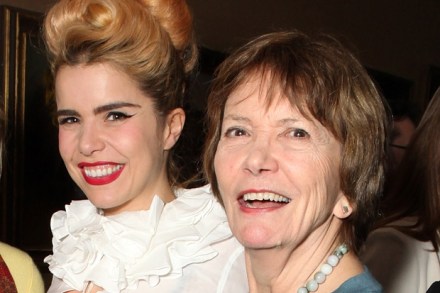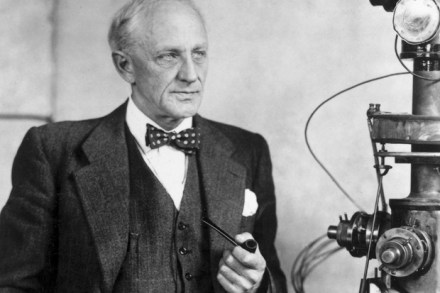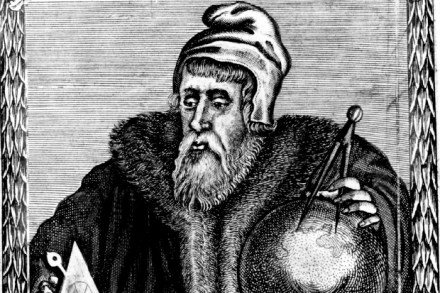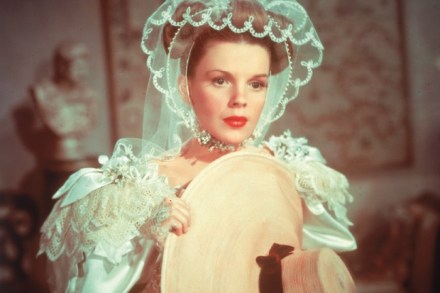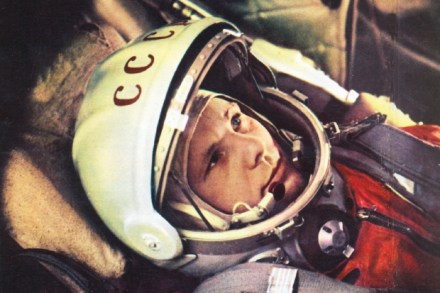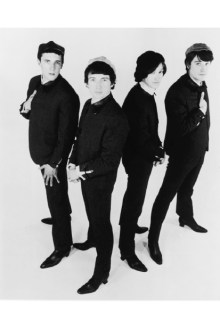Why Joan Bakewell must be right about anorexia
You can always tell when a public figure has said something with the ring of truth about it by the abject apology and recantation which arrives a day or two later. By and large, the greater the truth, the more abject the apology. Often there is a sort of partial non-apology apology first: I’m sorry if I upset anyone, but I broadly stand by what I said, even if my wording was perhaps a little awkward. That, however, won’t do — by now the hounds of hell are howling at the back door. Social media is beside itself, wrapped up in its moronic inferno, the cybersphere splenetic with self-righteous outrage. People
